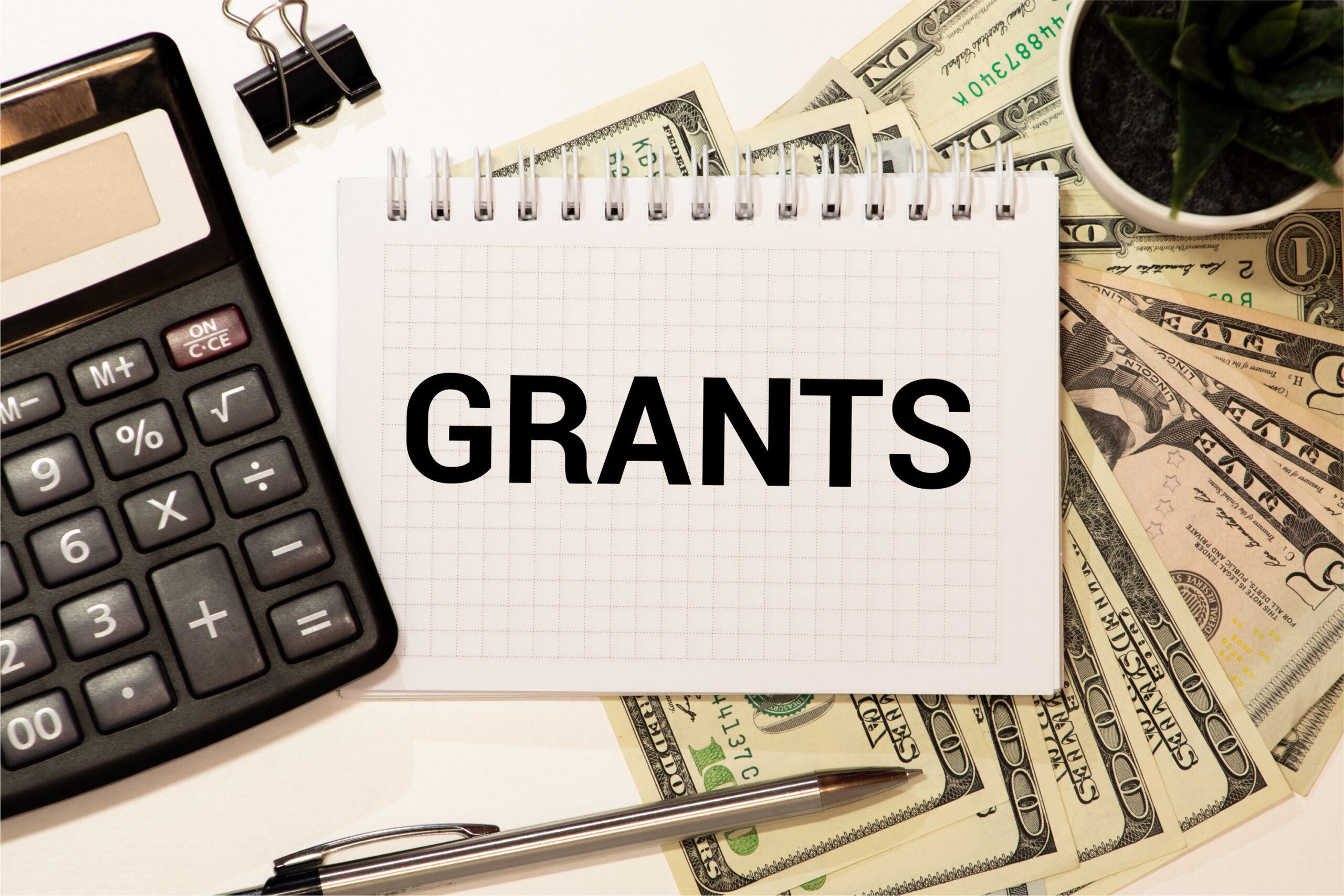I’m excited to share my thoughts on a career path that not many people fully understand: grant writing. This field is a blend of creativity, research, and persuasive storytelling.
Organizations like nonprofits, educational institutions, and even small businesses depend on clear and compelling proposals to secure funding. That’s why grant writers are such a valuable asset.
In this post, I’ll talk about what grant writing is, how location can play a big role in earnings, and some tips on boosting your income in this field.
What Does a Grant Writer Do?
At its core, grant writing is all about crafting proposals that win funding. I spend a lot of time researching potential funding sources, understanding the needs of the organization, and then writing clear proposals that show why a project is worth supporting.
The work is detailed and creative at the same time, requiring a balance of factual research and persuasive storytelling.
Grant writers come from all walks of life. Some work full-time for nonprofits or academic institutions, while others work as freelancers or consultants.
Just Before You Go
Empower individuals to overcome barriers, gain essential skills, and secure gainful employment through our proven programs—KeelMaster, KeelWings, and KeelMate. Your support can spark change and build brighter futures.
Donate NowEach path comes with its own set of benefits and challenges, but all share a common goal—helping organizations secure the money they need to grow.
How Location Impacts Earnings
One of the most interesting aspects of grant writing is how much location can affect earnings. In my experience, and based on data from sites like Glassdoor and PayScale, salaries can vary significantly depending on where you live.
For example, grant writers in big cities like New York, Washington DC, or San Francisco tend to earn more. In these areas, salaries often range from around $55,000 to over $75,000 a year.
The cost of living is higher, which usually pushes salaries up. On the other hand, grant writers working in smaller towns or rural areas might see salaries closer to $40,000 to $50,000 a year. These differences mean that if you’re looking to maximize your earnings, location is a key factor to consider.
Private vs. Nonprofit: Where Do the Dollars Lie?
When you look at the landscape of grant writing jobs, the type of employer can also have a big influence on how much money you can make. Typically, positions in the private sector or for larger organizations tend to pay more than those in smaller nonprofits.
For instance, some companies hire grant writers to help secure funding for research or community projects, and they often offer salaries at the higher end of the scale.
Meanwhile, many nonprofits operate on tight budgets and may offer lower salaries, though they can provide a deep sense of purpose and community connection.
I’ve seen many talented grant writers find a good balance by working on freelance projects or consulting for multiple organizations, which can sometimes yield a higher overall income.
Freelancing and Contract Work: Flexibility and Earnings
Freelance grant writing is another avenue that can boost your income. Many professionals in this field choose to work as freelancers because it gives them the flexibility to manage multiple projects at once. Freelance grant writers often charge by the hour or per project, and rates can vary widely.
For example, experienced freelancers can charge anywhere from $50 to $150 per hour, depending on their track record and the complexity of the proposal.
This kind of work not only offers the possibility of higher earnings but also allows you to set your own schedule and choose projects that excite you.
However, freelancing also means you’re responsible for finding your own clients and managing business aspects like invoicing and taxes.
Tips to Boost Your Income as a Grant Writer
I’ve learned a few tricks along the way that can help boost income in grant writing. Here are some ideas that might work for you, too:
Keep Learning:
The world of funding is always changing. Taking courses, attending workshops, or even getting a certification can set you apart. Organizations like the American Grant Writers’ Association offer useful training and networking opportunities.
Network:
Building relationships with nonprofit leaders, foundation representatives, and other grant writers can open up opportunities. Sometimes a good network leads to repeat clients or referrals.
Specialize:
Focusing on a specific area, like education, healthcare, or technology, can make you a go-to expert. Specialization might also allow you to command higher fees because you bring extra expertise to the table.
Market Yourself:
A strong online presence can help you attract more clients. I recommend maintaining an updated LinkedIn profile, a personal website, or even a blog that showcases your expertise and success stories.
Understand Your Market:
Research the areas where demand for grant writers is highest and where organizations are willing to pay more. This can guide you if you’re considering relocation or targeting specific sectors.
FAQs
What is the average salary for a grant writer?
Data from Glassdoor suggests that the average salary in the United States can range from $45,000 to $65,000 a year, depending on experience, location, and the type of employer.
Which cities offer the highest pay for grant writers?
Major metropolitan areas like New York, Washington DC, and San Francisco typically offer higher salaries. These cities not only have a higher cost of living but also a higher demand for skilled grant writers.
Is freelance grant writing more profitable than a full-time job?
It can be. Freelance work offers the potential for higher hourly rates and the flexibility to work on multiple projects. However, it also means you handle your own business expenses and have less job security.
Do grant writers need specific certifications or degrees?
While there isn’t a strict requirement, many successful grant writers have backgrounds in communications, English, nonprofit management, or a related field. Additional certifications from organizations like the American Grant Writers’ Association can boost credibility.
How do I start a career in grant writing?
Starting out often means gaining experience by volunteering for nonprofits or working in related roles like fundraising. Over time, building a portfolio of successful grants can open doors to more lucrative opportunities.
Further Resources
If you’re interested in exploring the world of grant writing further, here are a few resources that I’ve found valuable:
- American Grant Writers’ Association: Check out AGWA for courses, certifications, and networking events.
- GrantSpace by Candid: Visit GrantSpace for training and free resources on finding and winning grants.
- Bureau of Labor Statistics: The BLS website offers detailed information on job outlooks and salary statistics that might be useful for planning your career.
- LinkedIn: Connecting with industry professionals on LinkedIn can help you stay updated on job opportunities and trends in grant writing.
Wrapping Up
I hope this post has given you a clear picture of what a career in grant writing can look like and how your location, work setting, and skills can impact your earnings. It’s a field that blends passion with practicality, offering the chance to make a real difference while building a rewarding career.
Every grant I write is a chance to help an organization grow and succeed, and that sense of purpose makes the work worthwhile.
So, after looking at how much factors like location and the type of work can influence earnings, I’m curious: Where Do Grant Writers Make The Most Money?
Just Before You Go
Empower individuals to overcome barriers, gain essential skills, and secure gainful employment through our proven programs—KeelMaster, KeelWings, and KeelMate. Your support can spark change and build brighter futures.
Donate Now



